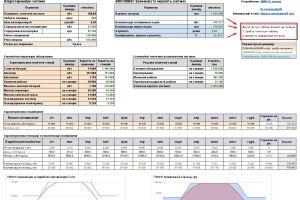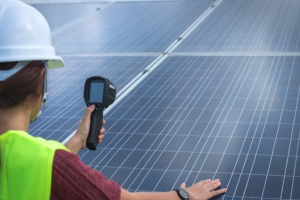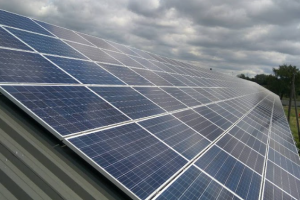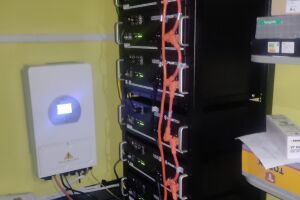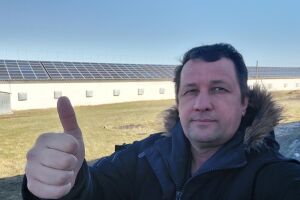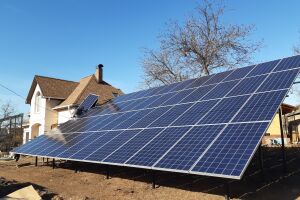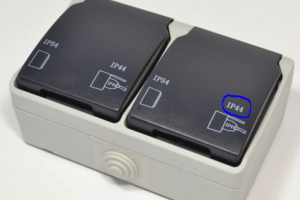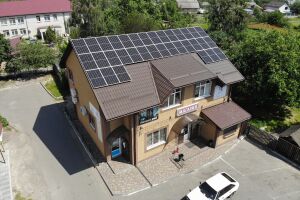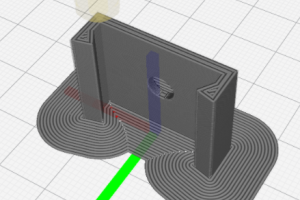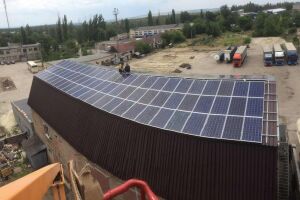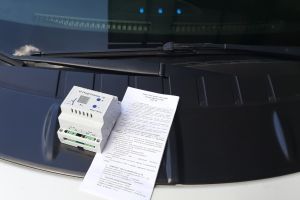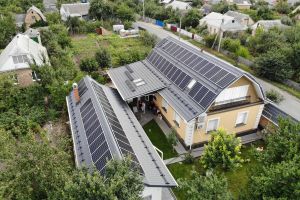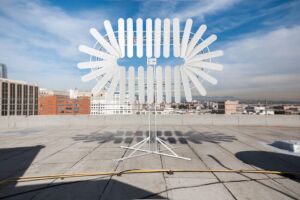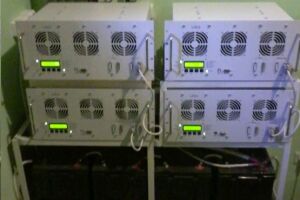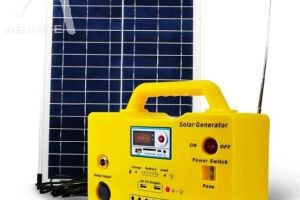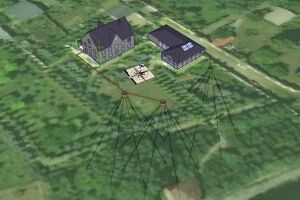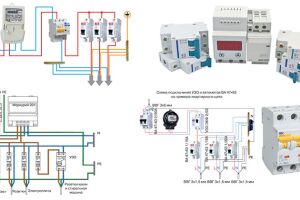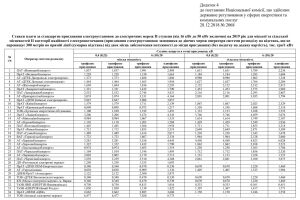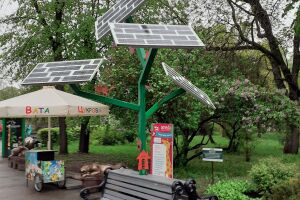Grid-tie inverter converts DC electricity into alternating current (AC to supply power to the electrical network, usually 120 volts AC 60Hz or 240V AC frequency 50Hz.) Grid-tie inverters are installed between local energy sources: solar batteries, wind generators, a hydroelectric power station, and an electric grid.
The difference from the traditional inverter, which converts DC to AC, is that it monitors the phase and frequency of the network where energy is supplied.
For efficient and safe transmission of electricity to the grid, the grid inverter must accurately match the voltage and phases of the sinusoidal AC power grid.
Network inverters convert DC power to AC power suitable for supply to a common electrical network. The network inverter (GTI) must monitor the phase of the network and, with very high accuracy, continuously maintain the output voltage slightly above the mains voltage. A high-quality modern network inverter has a fixed power factor - it produces a precise output voltage and current, and phase advance is within 1 degree of AC. The inverter is controlled by a microprocessor that monitors the current form of the AC mains voltage and outputs a voltage exactly corresponding to the mains voltage. Nevertheless, it is necessary to supply and reactive power to the network to maintain the voltage in the local network within acceptable values. Otherwise, overvoltages in the network in powerful systems are possible, when the energy generation reaches its peak, for example around noon from the solar panels.
Grid-Tie inverters also have an important function for quickly disconnecting from the mains if the voltage in the mains is lost for some reason. This requirement of the US National Electrical Code (NEC) [5] ensures that the mains inverter is turned off so that the mains is de-energized when serviced by electrical workers.
A properly installed network inverter allows the user to use an alternative power generation system, such as solar or wind power, with virtually no maintenance and no batteries. If the energy of alternative sources is not enough, the power shortage will automatically come from the electrical network.

